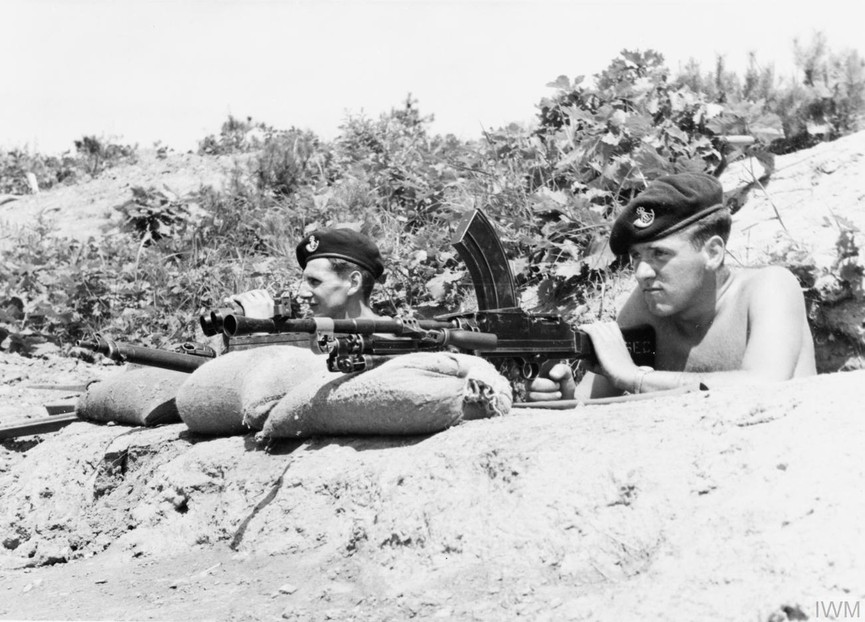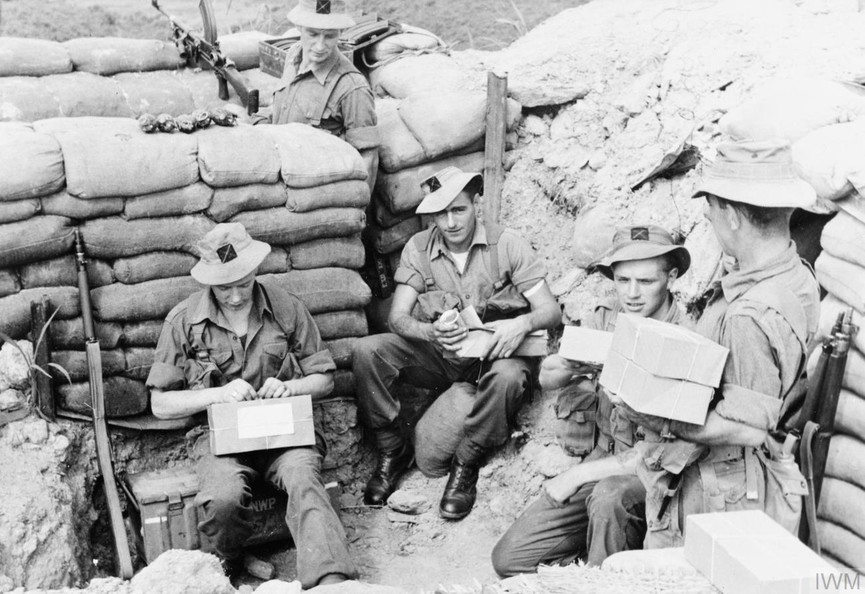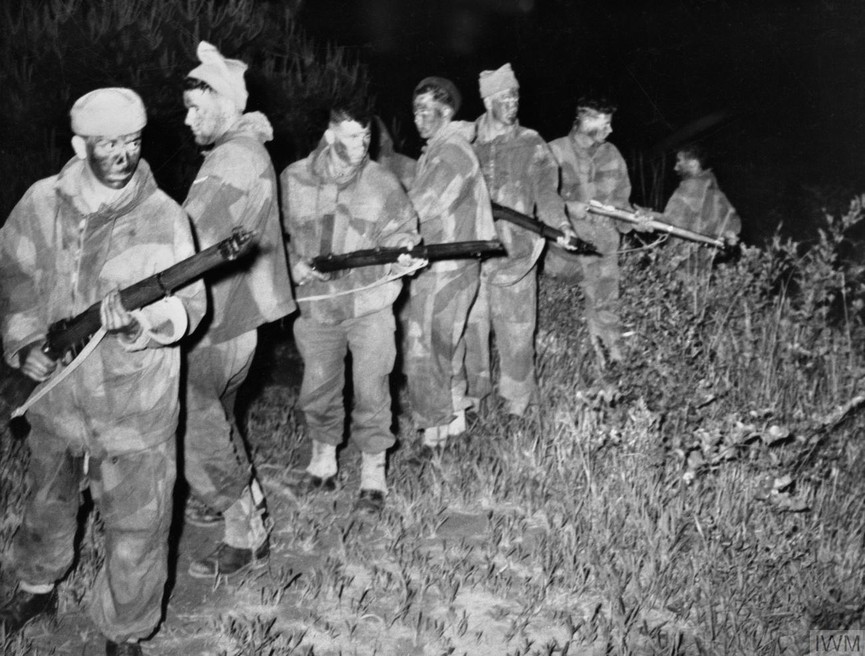On 25 June 1950, North Korea, backed by communist China and the Soviet Union, invaded South Korea. Answering the call of the United Nations, Britain and her Commonwealth allies were soon supporting the South Koreans and Americans.
After the end of the Second World War, the Korean peninsula was divided in two along the 38 parallel, as part of the agreements made between the Allied powers. In the north, the Soviet Union supported the communist dictatorship of Kim Il-Sung, while in the south, the United States supported the authoritarian control of Syngman Rhee. Over the course of the next five years an uneasy peace was maintained, but following the fall of China to Mao’s communist forces and the withdrawal of American and Soviet forces from Korea, the North took advantage of the South’s relative military weakness and invaded in the early hours of 25 June 1950.
Enter the British and Commonwealth Forces
The United Nations responded rapidly to the invasion, in part because the Soviet Union was boycotting the Security Council in protest. British and Commonwealth troops began to arrive to support the beleaguered Americans and South Koreans, the first to arrive being Australian troops from the British Commonwealth Occupation Forces (BCOF) under Lt Gen Sir Horace Robertson. Over the remaining months of 1950, the United Kingdom slowly became the largest contingent in what was to become British Commonwealth Forces Korea (BCFK) by mid-1951, although it remained under Australian command throughout the War.
The fighting element of BCFK was the 1st Commonwealth Division which consisted of four infantry brigades supported by armour, artillery, combat support and combat service support units: 25 Canadian Infantry Brigade, 27 British Commonwealth Brigade, 28 Commonwealth Infantry Brigade and the 29 Independent Infantry Brigade. The Canadian and Independent Brigades were wholly Canadian and British formations, whilst the 27 and 28 Brigades were Commonwealth entities. In their entirety, BCFK contained units from Australia, Canada, India, New Zealand, South Africa, and the United Kingdom.
The fighting throughout the war was particularly vicious and took place in an inhospitable climate. In the summer the temperature often exceeded 40 degrees centigrade and in winter 40 degrees below, making fighting difficult and injury and sickness inevitable. Over the three years of the United Kingdom’s involvement in Korea, the British Army would enhance its fighting reputation in actions like the Battle of the Imjin River and the Battle of the Hook, but by the ceasefire in August 1953 our armed forces had suffered 4,092 casualties.
The War’s Legacy and #Korea70
Over the next three years, we will be marking the key events of the war. Watch out for our regular updates to this webpage and further content in association with the National Army Museum. In addition, please support today’s regiments and their museums whose forebears fought in what is now a largely forgotten campaign and who may be marking key anniversaries.
In terms of the British combat units which fought in the war, most have been subsequently amalgamated. Today they are represented in the British Army’s Order of Battle by:
The Queen’s Royal Hussars, the Royal Dragoon Guards, and the Royal Tank Regiment.
The Princess of Wales’ Royal Regiment, the Royal Regiment of Scotland, The Rifles, the Royal Fusiliers, the Royal Irish Regiment, the Royal Anglian Regiment, the Royal Welsh Regiment, the Duke of Lancaster’s Regiment, and the Yorkshire Regiment.
Our next update will be in April 2021 marking the 70 anniversary of the Battle of the Imjin River.






